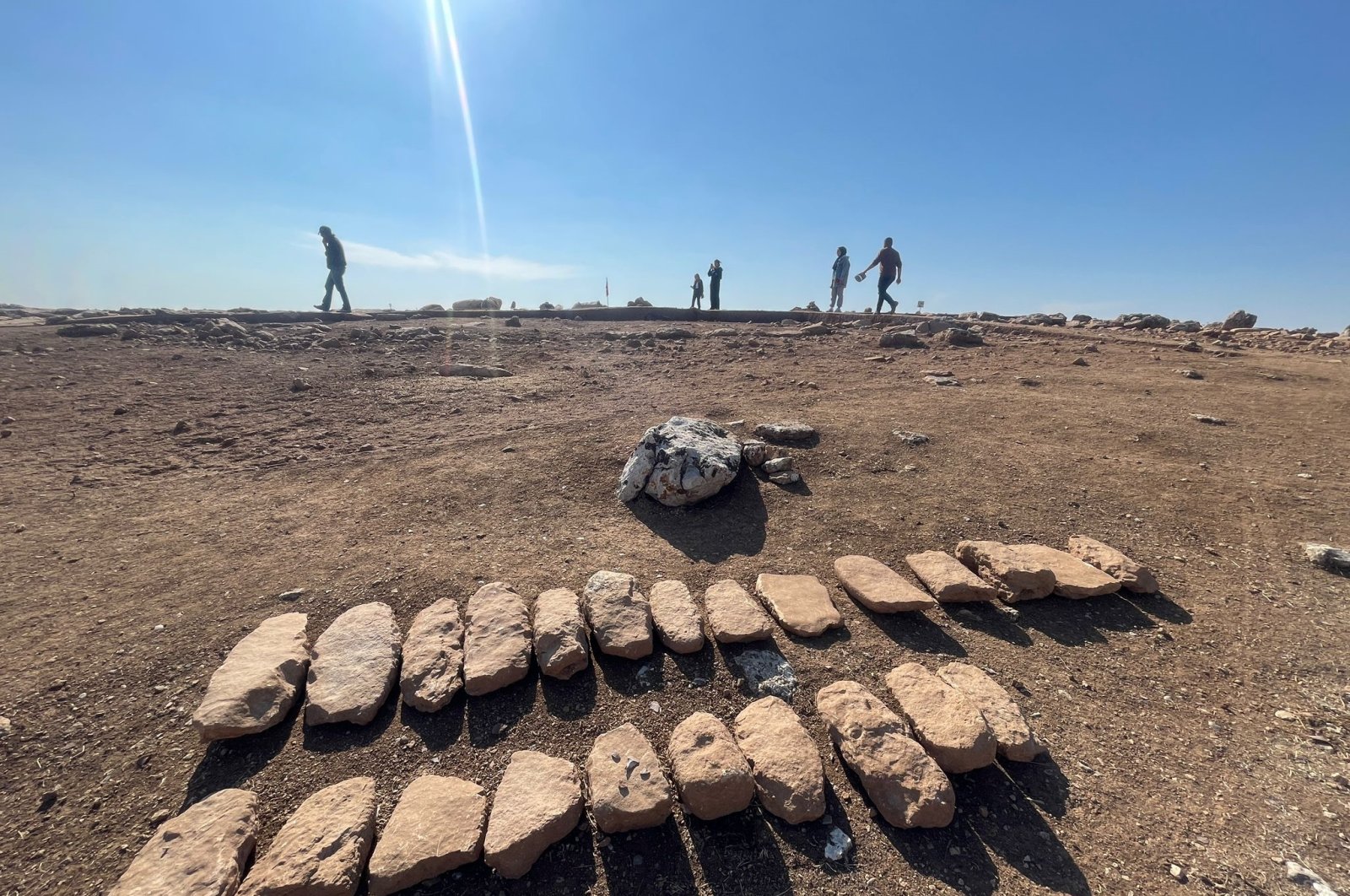
In Şanlıurfa, southeastern Türkiye, home to the world-renowned Göbeklitepe, known as the "zero point of history" for its 12,000-year-old legacy, another archaeological site is shedding new light on humanity's past. The ruins of Çakmaktepe believed to have been built around 1,000 years earlier than Göbeklitepe, are now being uncovered through excavation efforts.
Older than Göbeklitepe
Göbeklitepe, which was included in UNESCO's World Heritage List in 2018, has long been a significant cultural and religious center. Often regarded as the "oldest temple complex in the world," it has fundamentally altered our understanding of prehistoric society. However, recent excavations within the "Stone Hills" project, which includes Göbeklitepe and other ancient sites, have revealed findings suggesting that Çakmaktepe may actually be older than Göbeklitepe.
Since 2012, surface surveys have been conducted in the region, but excavation efforts at Çakmaktepe began in earnest in 2021. The findings from these excavations have excited the archaeological community and offer fascinating insights into the ancient world.
Excavation process
The excavation efforts at Çakmaktepe have been led by Dr. Fatma Şahin, a prominent archaeologist. She explained that their research began with surface surveys in 2012 and deeper investigations were carried out during the pandemic. "We started our excavations here in 2021. During the surface research phase, we discovered numerous previously unknown settlement areas in the western part of the Harran Plain. Many of these settlements date back to the Pottery Neolithic period, a stage in prehistory characterized by the use of pottery and early farming practices, and were inhabited by hunter-gatherer communities," said Dr. Şahin.
Among the newly discovered settlements is Çakmaktepe, which appears to be a precursor to both Göbeklitepe and Karahantepe, another significant site in the region. At Çakmaktepe, the team uncovered a large structure, approximately 16 meters in diameter, carved directly into the bedrock. Inside, they found burned animal heads, which had been placed inside the building after being burned outside. The species identified among these remains include wild cattle, sheep, goats, horses and deer.
Although carbon-14 dating has not yet been performed, the excavation team estimates that the settlement at Çakmaktepe dates back to around 10,000 B.C., making it between 500 and 1,000 years older than Göbeklitepe.
Private, public structures
In addition to residential structures, excavations at Çakmaktepe have revealed public buildings, shedding new light on the social and architectural complexity of the site. According to Şahin, "While the structures at Göbeklitepe are commonly referred to as temples, we are calling the buildings at Çakmaktepe ‘private’ or ‘public structures.’"
The large structure uncovered at Çakmaktepe is similar to those at Göbeklitepe, but it was intentionally buried when it was abandoned. "The stones used for the pillars and walls were carefully placed to the side, indicating that, unlike Göbeklitepe, which was left intact as a site of significant ritual and religious activity, the buildings here were completely dismantled and buried," Şahin explained. This suggests that Çakmaktepe may represent an earlier phase of ceremonial architecture, predating the monumental stonework of Göbeklitepe.
